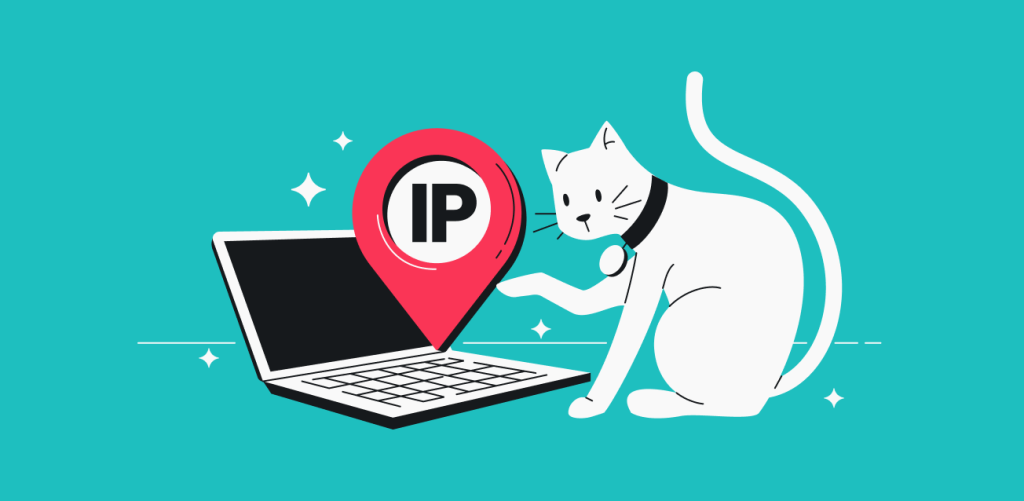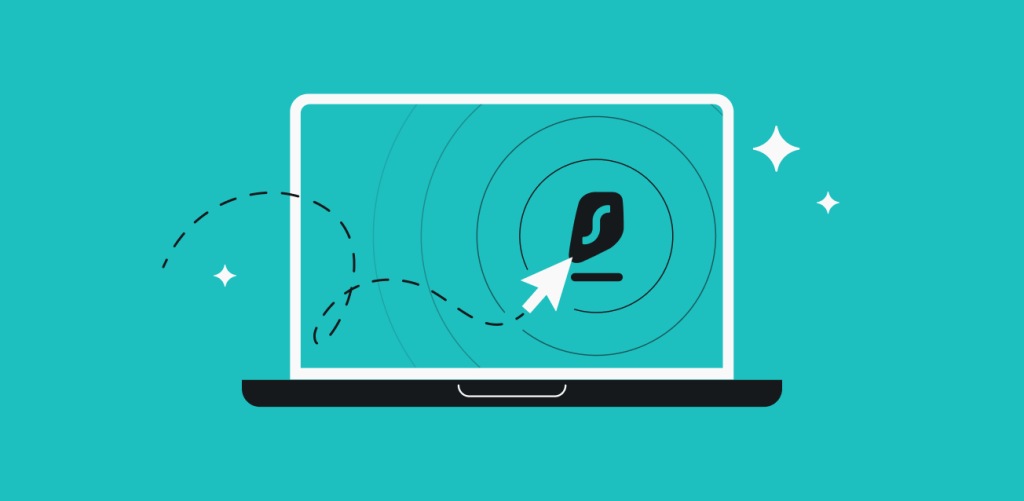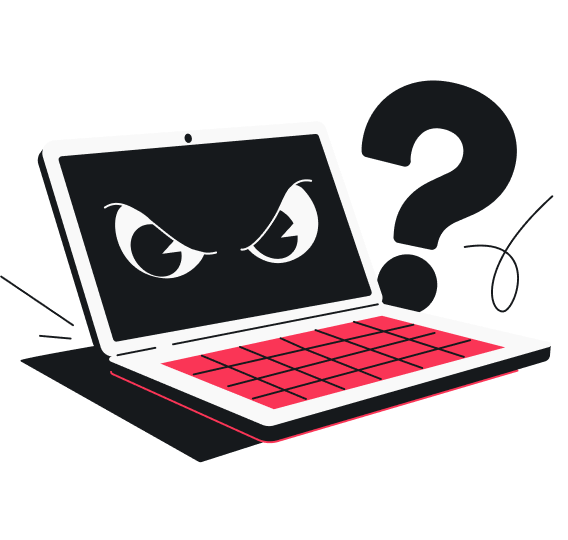
Whitelisting is a cybersecurity technique that allows only pre-approved entities — such as users, applications, or IP (Internet Protocol) addresses — to access a system, network, or specific resources. Also known as allowlisting, this approach blocks everything not on the whitelist by default. This makes whitelisting a proactive strategy that’s often used to minimize the risk of malware or unauthorized access.
The whitelisting process involves three stages:
- Identify trustworthy sources: security teams choose specific apps, users, or IP addresses to approve.
- Grant special access and privileges: approved entities are given special recognition that other entities are denied by default.
- Restrict access: entities that aren’t whitelisted are blocked.
Table of contents
What does a whitelist do?
In the cybersecurity world, whitelisting means giving exclusive access to specific email and IP addresses, websites, and applications. This access allows them to bypass IT security systems while blocking everything else that’s not on the list. This process is the opposite of traditional antivirus software, which blocks known threats and allows everything else.
The benefits of whitelisting

Whether for business or individual use, whitelisting is a great cybersecurity feature. Implementing and maintaining it well can save time, resources, and a cyber headache.
In short, whitelisting can:
- Prevent malware attacks and viruses;
- Reduce or even eliminate phishing emails;
- Decrease distractions and increase productivity by:
- Prioritizing emails;
- Only allowing access to certain websites;
- Only allowing the use of verified applications.
Its downside? You need to set it up and maintain it manually. This could, however, be a massive upside as it allows you to tailor it to any of your personal or business needs.
The differences between whitelisting and blacklisting
You might be more familiar with the term “blacklist.” While the two might sound similar, they’re actually opposites.
Whitelisting | Blacklisting |
|---|---|
Restricts everything that’s not on the whitelist | Restricts everything that’s on the blacklist |
Allows everything that’s on the whitelist | Allows everything that’s not on on the blacklist |
A whitelist blocks everything except what you tell it not to. This eliminates the possibility of cyber threats and distractions happening in the first place.
Opposite to whitelisting solutions, blacklisting is a practice of recognizing and excluding dangerous and untrustworthy agents. Like, for example, barring rowdy and troublesome customers from a nightclub.
In cybersecurity, most anti-malware and antivirus software are blacklists. They identify and block malicious code, IP addresses, and software from making changes to your device.
Antivirus (blacklisting software) is a hassle-free tool that cracks known malicious codes and is easy to use on your personal devices.
Whitelisting: the best practices
So, you read all the pros and cons and decided that you need to start whitelisting. Here’s how to make the most of it:
- Make sure you have documentation of all whitelisted elements. You can do it via specific apps that keep those lists for you or manually;
- Be specific. Make sure you allow only your desired websites, IP (Internet Protocol) addresses & anything you want;
- Review your whitelists regularly, and remove all irrelevant stuff to stay on top of your security.
Of course, whitelisting comes in many shapes and forms. So before applying any practices, you must identify what you want to achieve.
Types of whitelisting explained
Generally, whitelisting is not a “one size fits all” kind of practice. There are different types of whitelists with various benefits. Email, application, advertising, VPN, and IP whitelisting can be useful to workflow and security.
Before diving into the details of each and every type, let’s have a quick overview of whitelisting types.
How do types of whitelisting differ?
IP whitelist | App whitelist | Advertising whitelist | Email whitelist | VPN whitelist (aka Split Tunneling) |
|---|---|---|---|---|
Used to grant remote network access | Used to prevent the use of unverified apps and software | Used to allow ads on some websites when using an ad blocker | Mainly used to improve prioritization and email flow | Allows chosen apps and websites to bypass a VPN (Virtual Private Network) even when it is turned on |
Helps avoid data leaks | Helps avoid ransomware and keyloggers | Helps to assess websites where ads are mandatory | Helps avoid phishing attempts | Helps with banking, gaming, and other online services |
Can be difficult to maintain with dynamic IP addresses | Comes as third-party application whitelisting software | Comes as a feature in a third-party ad blocking software | Easy to set up but requires constant maintenance | Is used together with a VPN connection as part of a VPN service |
IP whitelists for remote working

IP whitelisting is giving someone with a specific IP address (a digital label) access to a network. So if you’re working from home, your network administrator can grant you remote access to your workplace through an IP whitelist. It reduces the chances of leaks or security breaches.
Like the other cybersecurity measures, IP whitelisting popularity grew during the pandemic when businesses shifted to working-from-home. Employees share their home IP addresses with an IT administrator. They whitelist the addresses granting the employees access to the work network.
In this scenario, an IT system administrator or manager has to set up and maintain IP whitelists manually.
Suffice to say, this approach needs an ongoing investment of resources. It can also become tricky if an employee’s internet service providers keep IP addresses dynamic (changing).
Used by | Hard to use for |
|---|---|
Small groups and businesses | Large companies and corporations |
Freelancers | Employees with changing IPs |
Application whitelisting for keeping your workplace safe

Application whitelisting is a security measure that only allows approved applications and programs to run on a device. When implemented properly, it blocks all malicious applications. It also analyzes installed apps’ structure, and even removes unlicensed or prohibited parts of apps from the protected computer system.
It is good for preventing malware, like keyloggers and ransomware, and unwanted software from harming your devices.
Not every workplace needs an application whitelist. The larger work networks usually benefit the most from setting up whitelists. It helps them protect sensitive information or databases from hacking.
Also, app whitelisting usually comes as third-party whitelisting software, like Applocker, PowerBroker, or PolicyPak. That means it needs to be manually installed and continuously maintained to remain useful.
Application whitelists require time and (sometimes) financial resources.
Used by | Hard to use for |
|---|---|
All businesses and corporations with workplace devices | Large companies and corporations with a wide variety of apps being used |
Advertising whitelisting for filtering ads

Advertising whitelisting is a security measure that allows approved websites to display ads for you. This approval process happens using a third-party ad blocking software — an app or extension.
In the age of online advertising, many websites depend on ads as a source of revenue. However, with the rise of ad blockers, some sites are left in the dark.
When a website detects an ad blocker, it may ask you to disable it or add the site to your ad blocker’s whitelist — a fancy term for a VIP list of sites that get a free pass to display ads.
Used by | Hard to use for |
|---|---|
Everyone that has ad blocking software. | N/A |
Email whitelisting for security and workflow

Email whitelists are used for different reasons than IP, ad, and app whitelists. They may work under a similar idea of selective information inclusion, but the main purpose is to help you prioritize and optimize your email flow.
In other words, whitelisting email addresses will ensure they always show up at the top of your inbox. This way, you won’t have to worry about your inbox sending any important emails to your spam folder or having your mailbox crammed with junk mail.
Also, having a list of approved email addresses can help you avoid phishing (fraudulent email) attempts or malware-filled emails, as they will stay at the bottom of your mailbox.
Since COVID-19 pushed everyone to work from home, sorting emails has become especially important. The sudden shift has decentralized workplace security and caused a boom in email-related cyberattacks.
While the effectiveness of email whitelisting as a security measure is hard to determine, it is a great tool to boost productivity and keep the focus on important emails. It will prevent whitelist emails from landing in your junk folder. However, spam or malicious emails can still cause harm as they will appear at the bottom of the mailbox instead of being blocked.
Used by | Hard to use for |
|---|---|
Anyone dealing with a lot of daily emails | N/A |
Anyone with a very clear email contact list |
VPN whitelisting for apps and websites
As a VPN service provider, Surfshark offers a split tunneling feature, also known as the Bypasser, and it works very similarly to whitelists.
Some banking and cryptocurrency websites may not grant you access for security purposes if you’re using a VPN. VPNs hide your IP address, and location-sensitive services that deal with personal assets will be alerted if you’re trying to log in from different places worldwide.
To avoid this, Bypasser allows you to choose which websites and apps could bypass a VPN — even when it’s turned on.
It’s like you’re building your own VIP guest list of trusted service providers — it will only give access to your whitelist applications. VPN Bypasser can help you do banking and gaming online and keep you safe when surfing the less trustworthy parts of the internet.
All in all, is whitelisting something you need?
Before implementing whitelisting, ask yourself — “do I want to make things easier?” Before answering, remember that implementing whitelists requires manual work, but the answer should be pretty obvious by now. Not convinced yet? Here are some key takeaway points:
- Email and VPN whitelisting solutions are easy to set up;
- IP address and application whitelists are more complex and are mostly used by businesses and companies that require consistent corporate network maintenance;
- They are all good additions to workplace IT security and workflow and may be sufficient for businesses of all sizes;
- Larger companies can also benefit from whitelisting, but it is not their primary source of cybersecurity defenses.
And for prime-time cybersecurity, why not try a VPN? You already know that it comes with its own whitelisting feature and many more to boost your privacy online!
FAQ
What is the purpose of whitelisting?
The purpose of whitelisting is to secure your network and devices by identifying trusted sources and granting them access while blocking outside entities accessing your information.
What does whitelisted mean?
Whitelisted means allowed to access your device or network.
What is IP whitelisting?
Adding an IP address as a trusted and granting access to your network and online resources.
What happens when you get whitelisted?
If your IP address gets whitelisted by someone, it means you can access their resources. For instance, if your work’s IT administrator whitelists your IP, you can access your work remotely.
What does it mean to whitelist a website?
Website whitelisting is all about preventing access to malicious untrusted websites. You can create a list of approved websites and access only them.
Is whitelisting safe?
Yes, if you know what you’re doing. Whitelisting is a layer of security that works well if you’re sure that the application or IP addresses you are whitelisting are secure.

